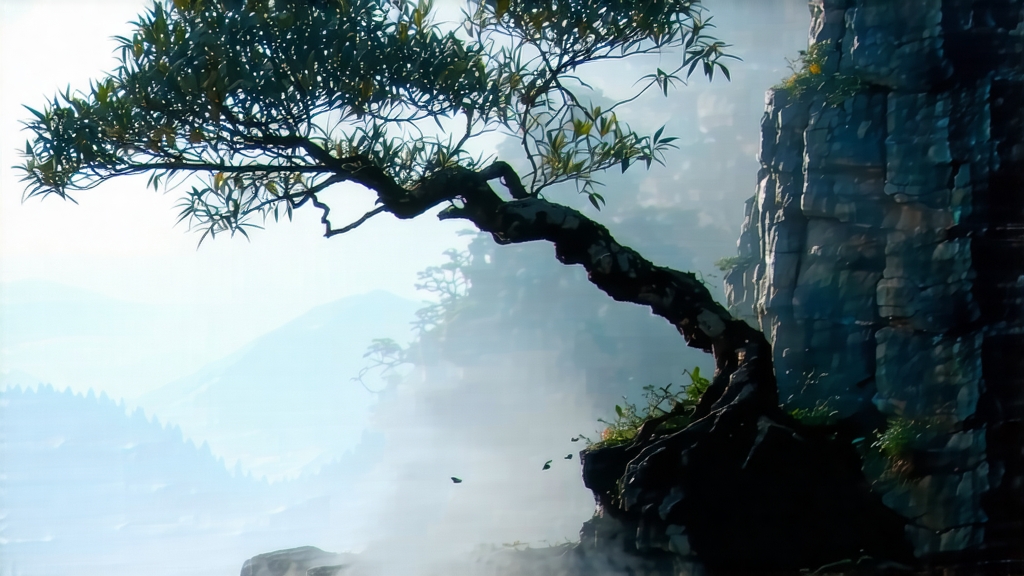
If oolong is the jazz of Chinese tea—improvisational, layered, forever balancing between green freshness and black depth—then Phoenix Dancong from Guangdong Province is the saxophone solo that makes the whole room fall silent. Internationally it is still overshadowed by Fujian’s Tie Guan Yin or Wuyi’s Da Hong Pao, yet within the labyrinthine tea gardens of Feng Huang (Phoenix) Mountain it is worshipped as a living archive of Song-dynasty genes, a library of fragrances, and perhaps the most articulate expression of “single-tree terroir” on earth.
-
A tree older than the Renaissance
Local chronicles claim that Song-era villagers, fleeing coastal pirates, carried tea seeds into the granite peaks around 900 years ago. One solitary seedling thrived, later nicknamed “Song Zhong”—“offspring of the Song.” Genetic mapping carried out by the Chinese Academy of Sciences confirms that today’s 3,000-odd mother trees on Wu Dong peak are direct clonal descendants. Thus every sip of authentic Phoenix Dancong is, in a botanical sense, medieval. -
One mountain, one village, hundreds of fragrances
Unlike the tidy terraces of Assam or Darjeeling, Phoenix Mountain is a topographical chaos of 1,500-meter granite spires, morning cloud seas, and diurnal temperature swings that can exceed 15 °C in a single day. Out of this stress emerge cultivars that mimic flowers, fruits, even spices. The government now recognises 18 “aroma types,” but growers whisper of more than 80. The most celebrated include:- Huang Zhi Xiang (gardenia)
- Mi Lan Xiang (honey-orchid)
- Zhi Lan Xiang (orchid)
- Xin Ren Xiang (almond)
- Jiang Mu Xiang (ginger-wood)
Each name is not marketing poetry but a sensory contract: the leaf must smell and taste like its namesake when brewed by a trained cupper.
-
From leaf to “single-tree” ideology
In the 1980s state farms homogenised Dancong into high-yield bushes, but a counter-movement led by the Lin family of Shi Gu Ping village championed the ancient “Dan Zhu” system—literally “single bamboo,” meaning one old tree per plot. These trees, often 200–600 years old, are allowed to reach six metres; pickers climb bamboo ladders tied to granite boulders. Yield per tree may be as low as 500 g per spring, less than a bottle of wine, yet the price can rival first-growth Bordeaux because the flavour is irreproducible anywhere else. -
Crafting the aria: a five-act play
Act I: Plucking at dawn on the third day after the spring rain, when two-and-a-half leaves have unfurled—never three, never two.
Act II: Sun-withering on rush mats for 20 minutes, until the edges feel like parchment.
Act III: Room withering on raised bamboo racks for 8–10 hours, turned every 45 minutes to bruise the leaf just enough to coax enzymes.
Act IV: Oxidation in wicker baskets nested inside cotton quilts; the tea master sniffs every 20 minutes, chasing a fragrance that oscillates between peach and iris. Stopping point is critical: 30 % oxidation for gardenia styles, 50 % for honey-orchid.
Act V: Charcoal-basket roasting in a squat clay kiln for 12–16 hours across three consecutive nights. The fire is fed only with longan-wood embers that glow at 80 °C; higher and you kill the florals, lower and the water activity stays too high for safe ageing. -
The 7-gram universe: brewing like a Guangdong native
Equipment: 120 ml white porcelain gaiwan, glass fairness pitcher, aroma cups.
Leaf: 7 g, roughly the weight of a Hong Kong dollar coin.
Water: spring, 100 °C at sea level, 96 °C above 1,000 m.
Rinse: flash rinse, discard immediately; this is not to “clean” but to wake the sleeping charcoal.
Infusions:
1st—5 s: gardenia bursts, liquor the colour of Muscat.
2nd—8 s: honey-orchid arrives, texture shifts to light cream.
3rd